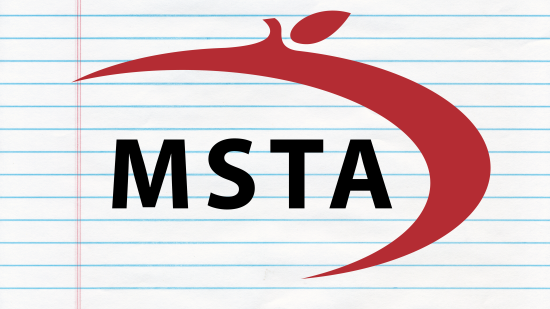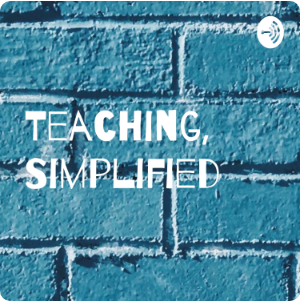When you look at others around you, do you jump to the wrong conclusions? Do you make predictions based on your prior biases, or do you allow yourself to see each individual anew? Others can read how you view them. When we perceive children with low expectations, they then think of themselves as lowly. When we look at them with disdain, they grow angry. When we only look at all their actions with disappointment, they only see their failures. When we show others that we can visualize their success, they are better able to visualize it, too.

It still surprises me, too.
Kim Bearden's Crash Course addresses the concept of low expectations versus high expectations in our students. Truthfully, it is a difficult decision to teach to the top. It can be frightening to a teacher who wants to individualize instruction. Truly, we don't want to leave any child behind. But we do a disservice to most of our students when we spend all of our time teaching students at the lowest levels, and we leave out half of our students when we teach to the middle, which is most often our strategy.
Kim definitely comes from experience in the area of setting expectations high. At the Ron Clark Academy where she teaches, the expectations are among the highest possible. And her students - whether high or low achievers, whether impoverished or affluent - achieve at the highest levels. Granted, the teachers at RCA bust themselves with activity all day long, and follow up with after school and weekend activities, all for the good of their fifth through eighth grade kids.
While many teachers find it difficult to raise expectations for all students, I feel that sometimes our own parents aren't on board either. But it's different. In some cases, a particular parent is accustomed to seeing low scores and grades, and getting calls about improper behavior, and when I build up his/her child, s/he feels like I'm lying just to make "points".
When we set high expectations for others, we show that we believe in them. Setting low expectations tells a child that you believe that they can't perform; they cannot achieve at a high level. And unfortunately, many of our schools are plagued by cultures of low expectations. We have somehow convinced ourselves that students who have challenges should have things cut in half or expect less. We should not expect less from these children; we should just teach them differently. If we can teach children, especially those who struggle, to have a strong work ethic, then we are better preparing them to succeed in whatever they choose to do in life.
But get that kid up to the same high level, or show that kid how to make one more step on the way to his higher goal, and watch what happens to the self esteem rise off of that kid like steam!
Talk to teachers about all of this, and it makes sense to them. They may also respond that getting there is a different story. It does nothing to set the goal high and do nothing to teach those students. That's t-e-a-c-h. It's right there in your job title. And it means to take a kid who doesn't know something and make things happen to aim that child in the right direction. It means to learn new things, and not just rehash the old things for one more year.
To be clear, I cannot just set high expectations and just tell my kids to get there on their own. I have to help my students reach the standards that I set. And I have to show them that I, too, am willing to go above and beyond.







































